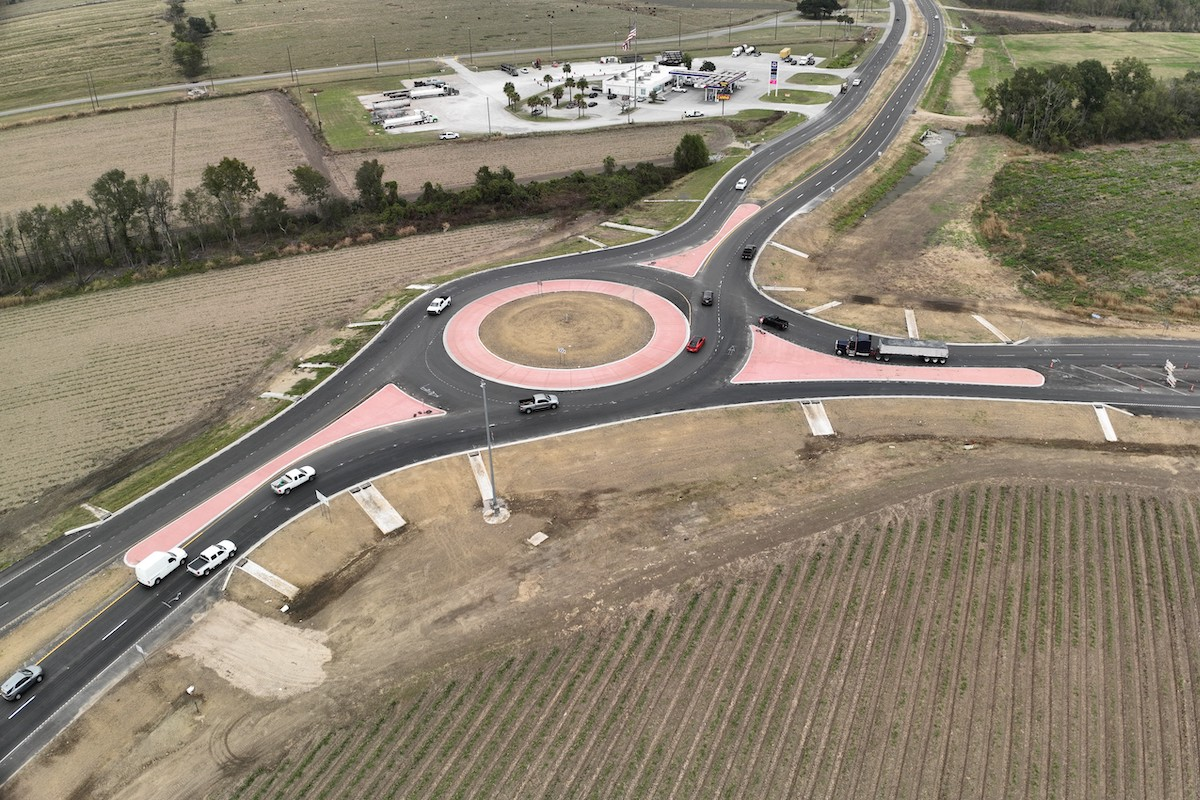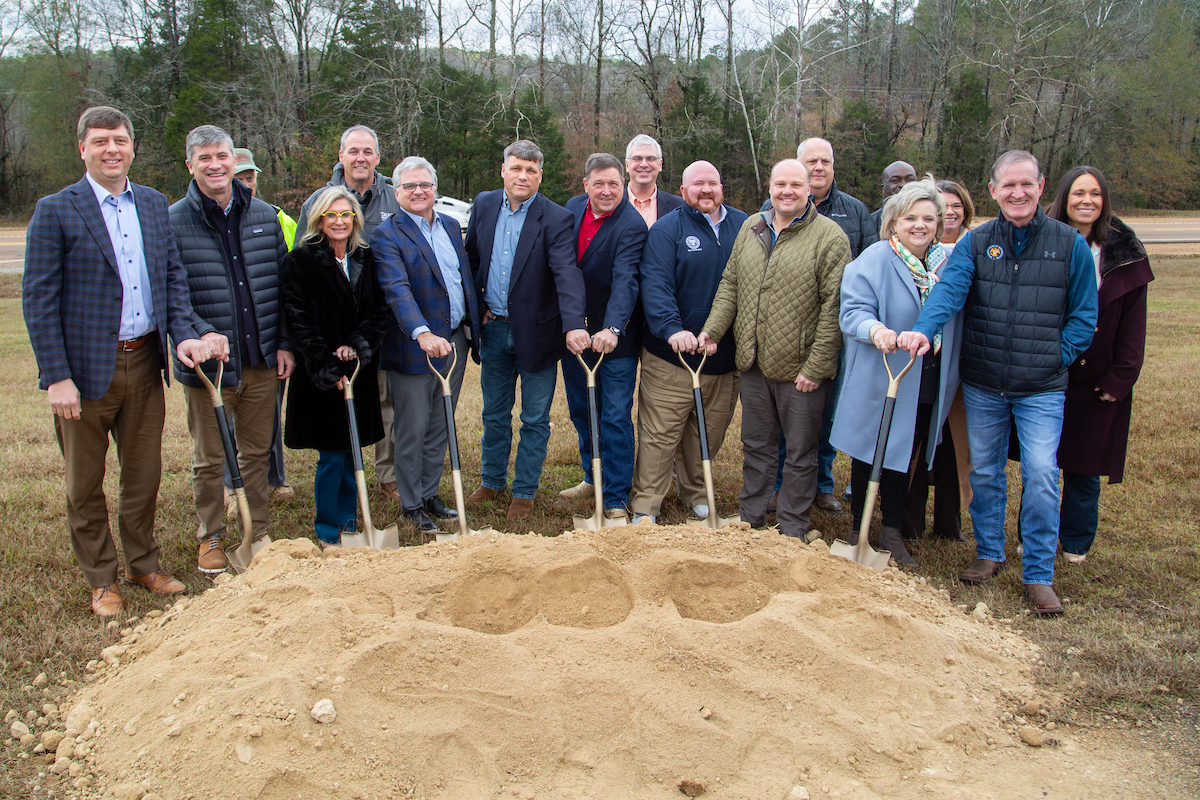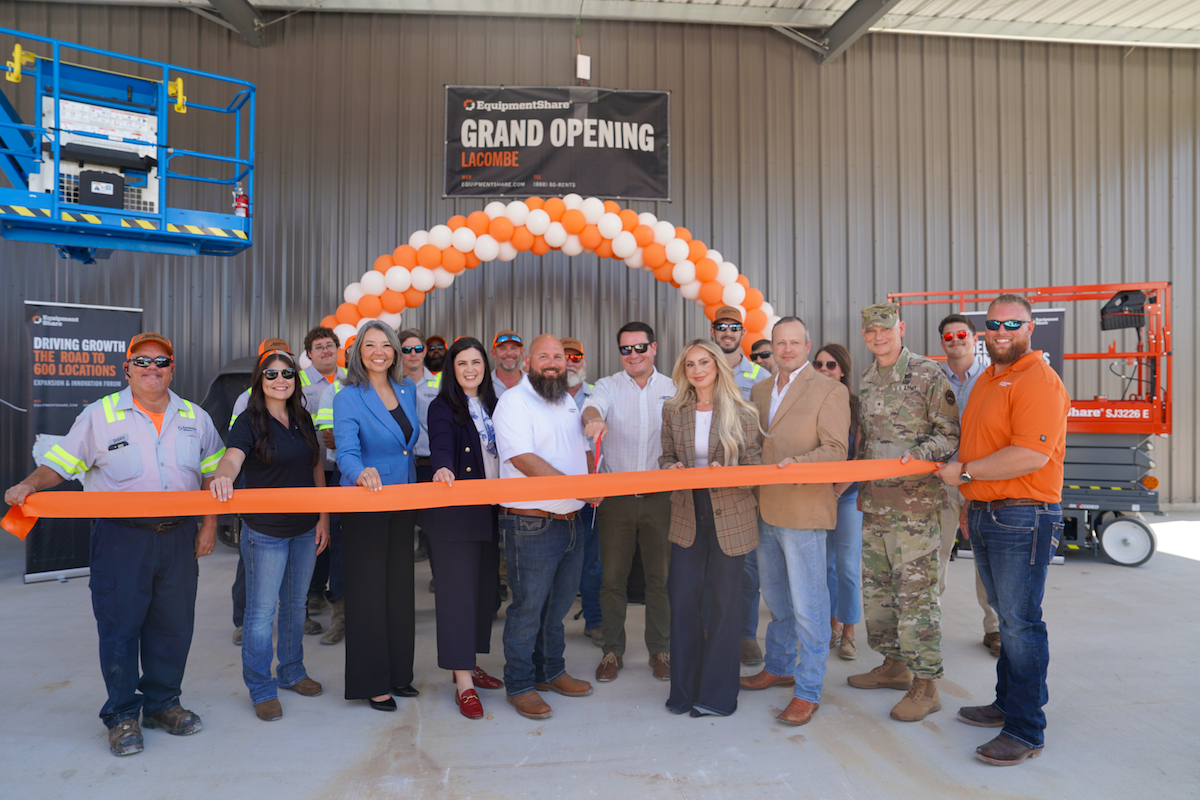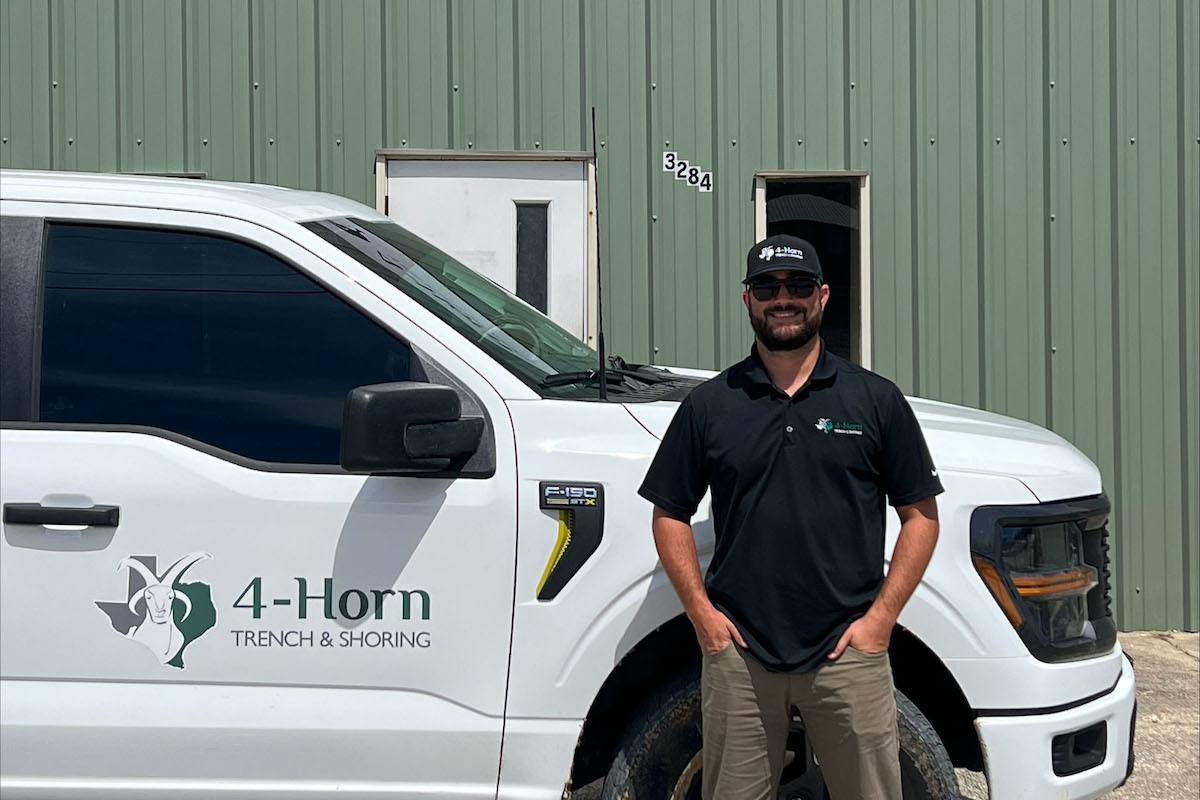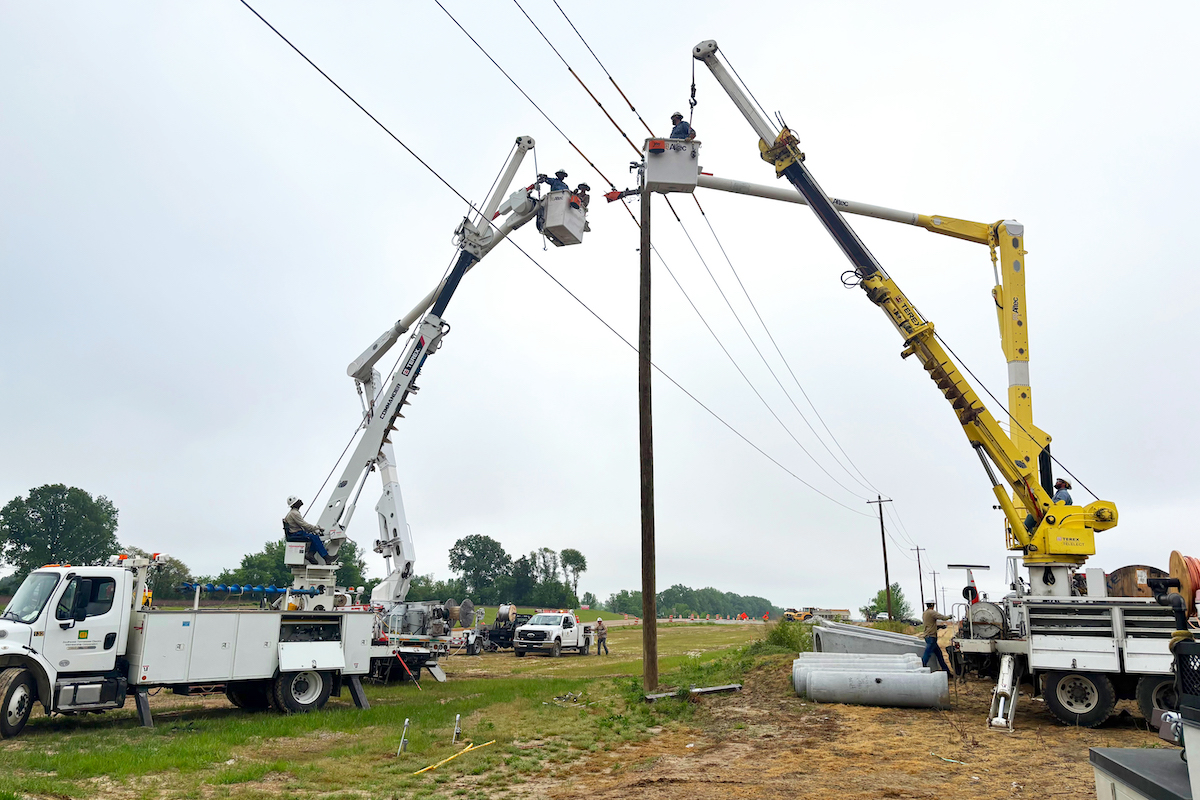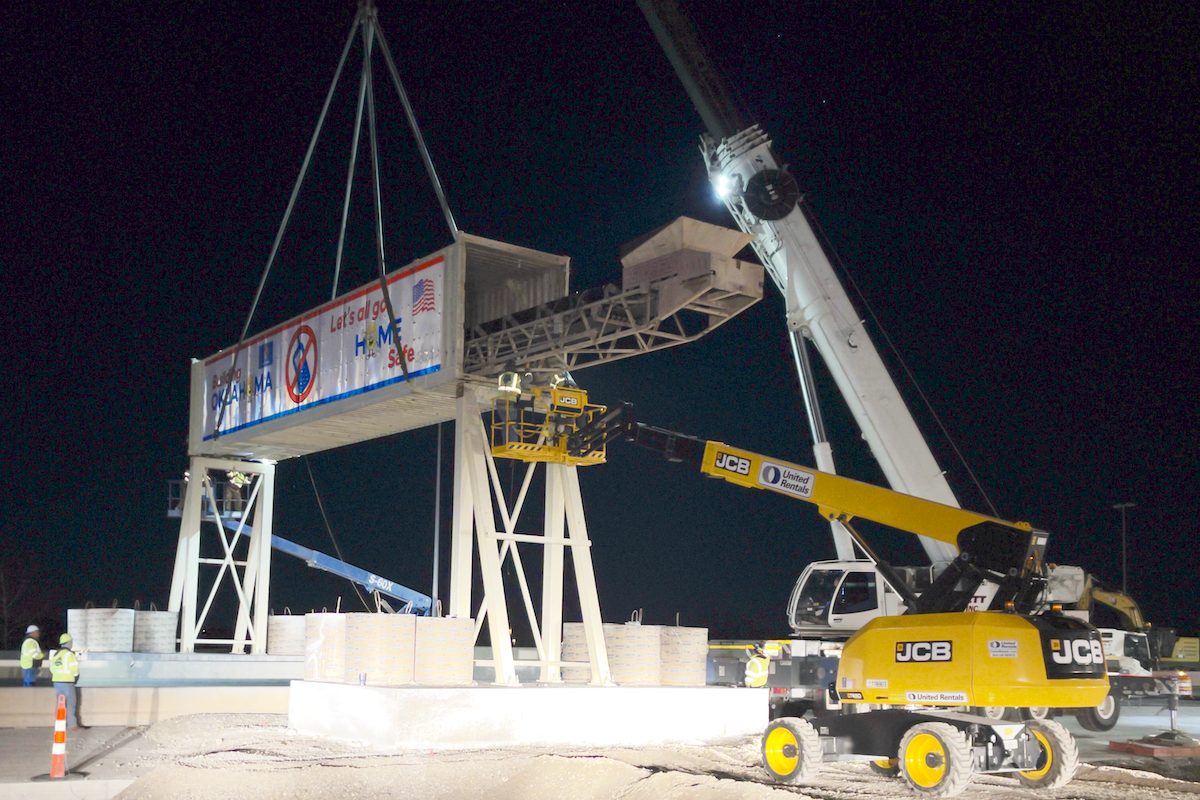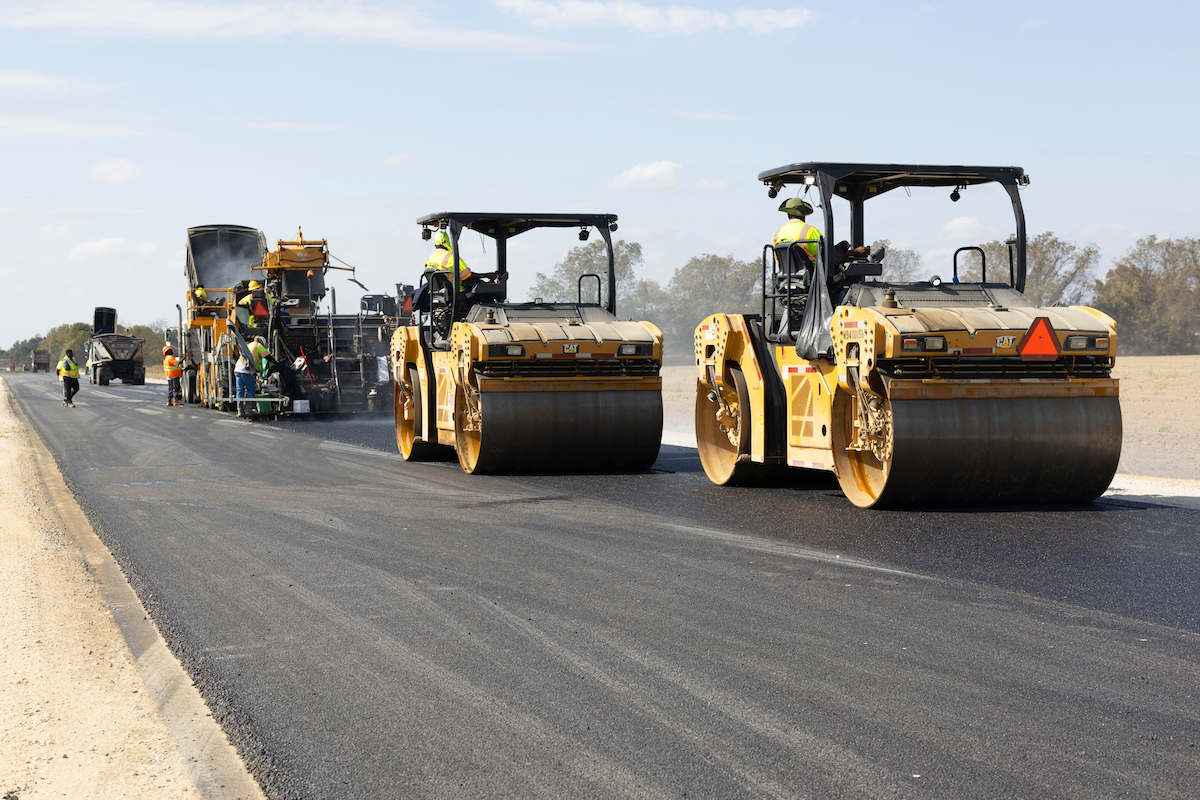Finding a level surface with plenty of room to load a trailer on today’s congested jobsite is challenging. Towing and recovery operators have it even worse – struggling to move dead equipment, often singlehandedly, while also contending with traffic, poor visibility and soft shoulders. Operators in the towing and recovery, rental and construction industries have found traveling axle trailers provide the ideal combination of features to help alleviate these challenges.
By matching traveling axle trailer specs and available features with their operational needs, companies can achieve a safer, more durable hauling solution that will also provide a better return on investment. Here are six features operators should consider for optimal loading efficiency in any condition.
Capacity
Required capacity is the starting point of any trailer purchase. Generally, traveling axle manufacturers offer models with 40- and 55-ton capacity, making them ideal for transporting a variety of equipment. If the intended load is mostly larger equipment, like excavators or pavers, pay close attention to the manufacturer’s 10-foot capacity rating. For mixed loads of small and mid-sized equipment, such as skid steers, lifts or buses, the overall capacity will give a better indication of how many pieces of equipment can be safely transported.
Loaded Deck Height
Another spec operators should keep in mind to limit permit costs and maximize productivity is loaded deck height. Within the U.S., legal load height is 13 feet, 6 inches, but operators will often encounter overhead obstacles that are lower. In these situations, a single inch can mean a difference of hours when it comes to getting from point A to point B and beyond. A traveling axle trailer with a loaded deck height of 36 inches provides optimal flexibility for transporting taller equipment such as excavators and buses.
Load Angle
Generally speaking, the lower the load angle, the easier loading will be, making this another important consideration. A low load angle allows operators to simply drive or, in the case of dead or immobile equipment, winch loads onto the deck. It’s also necessary for transporting machines with low ground clearance, such as pavers and rollers.
Construction
For loading in difficult conditions, such as muddy or uneven terrain, operators should look for a trailer with an equally rugged design. A rig’s piggyback cylinder provides power and traction for moving axles. While a 4-inch cylinder is common on most traveling axle trailers, models with a 5-inch cylinder provide 56 percent more push force to maximize axle operation.
Additionally, consider a 4-beam frame design that uses 4-inch I-beam crossmembers to increase longevity and versatility with mixed loads of smaller equipment. This design offers better deflection across the entire deck and a more even weight distribution compared to the commonly used perimeter frame which concentrates weight on only two outside beams.
Winch
For loading dead equipment, containers or other immobile objects, a trailer with a 20,000-pound, direct-drive planetary winch with 6-function remote system provides more efficiency. This type of winch offers up to twice the loading speed of a more traditional worm gear model. A remote with a range of 150 feet increases the viable working area, allowing operators to choose the safest vantage point for loading and unloading. Additionally, a USB-chargeable remote offers added convenience over battery powered options.
Additional Features
Finally, consider any extras such as the number and size of toolboxes. For towing and recovery operations, having easy access to all the necessary tools is important for getting the job done safely and efficiently. Some manufacturers offer traveling axle trailers with an additional curbside toolbox with a chain rack for safe, convenient access away from oncoming traffic. And for construction and rental houses looking for a safe option for side-by-side loading of smaller equipment, such as skid steers, some trailers feature double keyhole tie-down slots on top of the outside beams and recessed in the center of the main deck.
There’s a lot riding on your trailer decision. Selecting a traveling axle unit that maximizes safety and loading efficiency can be a complicated process. Working with reputable dealers and manufacturers can help you determine which features will best meet your operation’s hauling goals.















